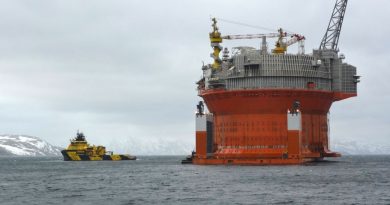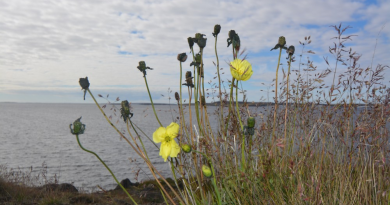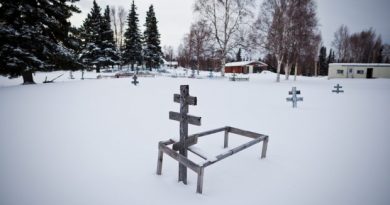The challenges of construction in the North: Spotlight on Nunavik
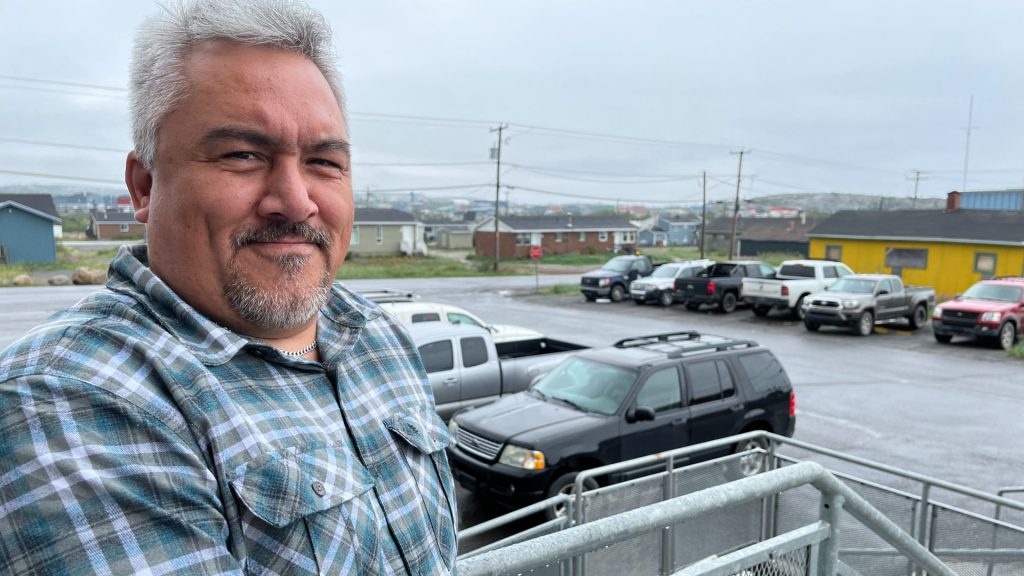
This story is part of the Radio-Canada reporting project
Logements pour autochtones: Vivre à l’étroit
Click here for all stories in the series. (available in French only)
Everything was set for this year’s construction projects in Salluit: the funding was secured and the necessary gravel beds were successfully put in last summer. But then an unusually cold winter—even for the Arctic— put unexpected pressure on the community’s power supply, which relies on diesel. And that fuel is transported to the community during the annual summer sea lift.
“Because additional fuel was needed to heat the community’s homes and critical infrastructure, the community had a low reserve that they had to restrict access to,” Paul Parsons, the interim director general of the Kativik Regional Government, said.
“But that’s also the fuel that’s used for the loaders, the dump trucks and the heavy machinery needed when you’re starting a construction site, so that’s delayed the construction this season.”
The situation faced by Salluit is just one example of the kinds of challenges construction projects can face in the North.
Nunavik is currently facing a housing crisis and infrastructure gap compared with the South of the province.
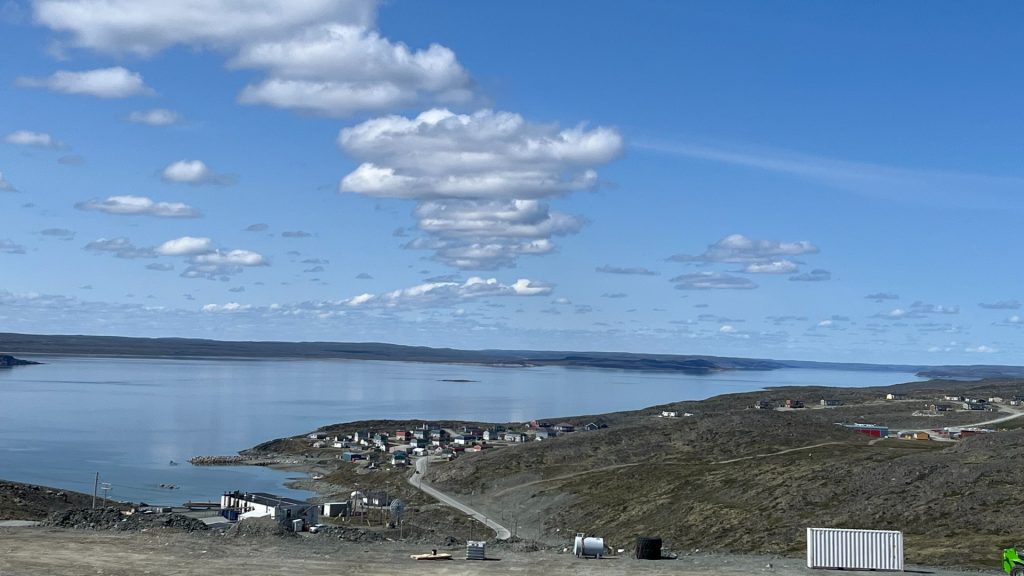
For decades, federal and provincial governments inadequately attended to Nunavik’s housing and infrastructure requirements, and failed to keep pace with its rapidly expanding population.
This shortfall means the region is constantly trying to play catch up, in addition to navigating the complexities of building in isolated northern environments.
The South’s cascading effects on the North
Nunavik’s 14 communities aren’t accessible by road and its Arctic location means it has only a short building season.
Crews need to be brought up from the South, with equipment and materials brought up one of the three summer sea lifts.
The Northern Village administration and land holding company in each community collaborate with the Kativik Regional Government to identify local infrastructure requirements.
Makivvik Corporation and the Kativik Municipal Housing Bureau, which liaises with the Société d’habitation du Québec, Quebec’s housing agency, plan the logistics of the projects.
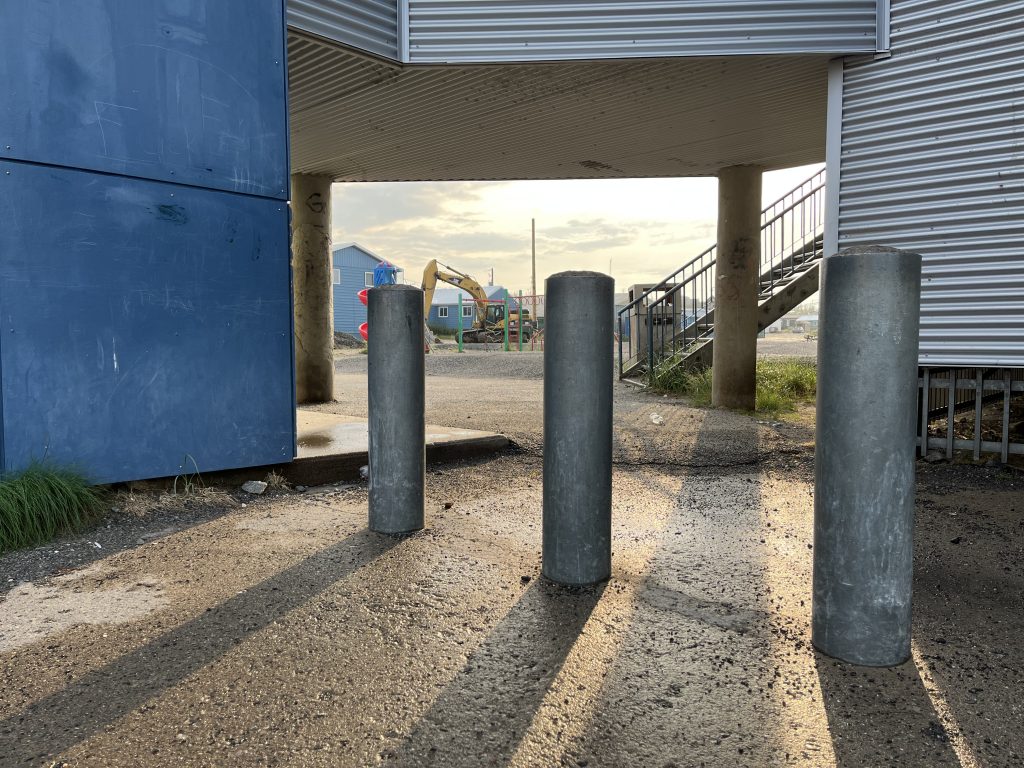
But things like surprise weather, and the impacts of everything from wildfires, to something like the port strike in B.C., have the potential to delay the delivery of materials or equipment.
“We may be 1,500 km away, but whatever’s happening in the South, we’re feeling those impacts too,” Parsons said.
“Anything that goes offline, or even a little bit offline, has multiple impacts. It’s not just that you get delayed for that one project, but now that project is delaying another project that was delayed already, and the knock-on effects continue down the line.”
The resulting higher costs, complexity of construction in Arctic environments and the lack of available land in some communities can further complicate projects.

Domino effect of pandemic
Many communities with construction projects underway, are also still grappling with the ripple effects of the pandemic shutdown.
Construction of a new school in Quaqtaq is just one example of how interruptions can lead to spiraling costs.
The population of 123 students at Isummasaqvik, the local school for both primary and secondary students, has outgrown its building, forcing some classes into old houses and shutting down the school library to make way for a classroom.
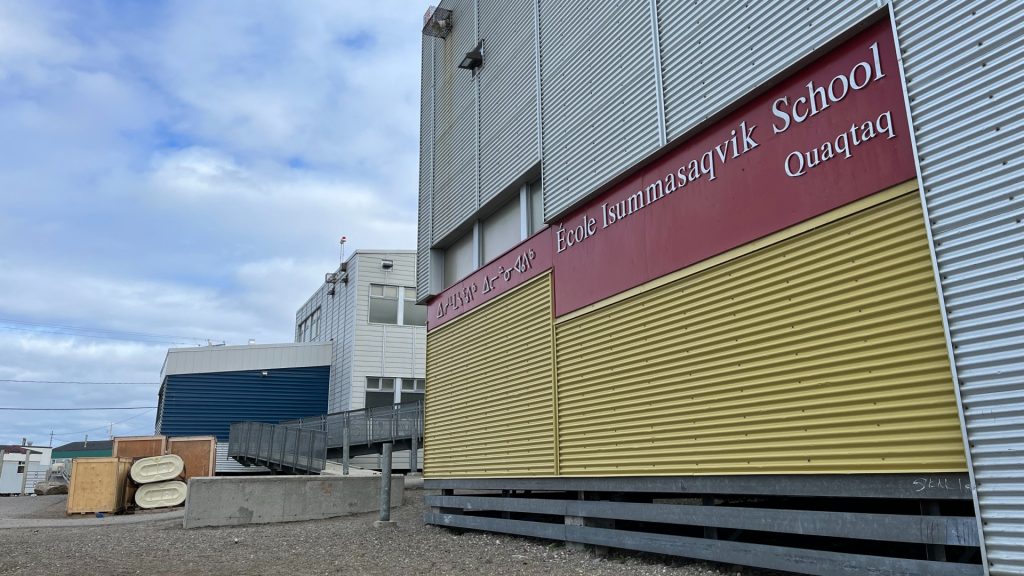
But although Quebec approved funding for a new school, COVID-19 continues to put wrenches in the progress.
“The provincial government approved $60 million to build a new school in Quaqtaq, but the pandemic created new challenges for the project,” Sarah Aloupa, the president of Kativik Ilisarniliriniq, the Nunavik regional school board, said.
“After COVID, it went up to $200 million. We’re still working on trying to find solutions for that.”
Back to normal in Salluit
Returning to Salluit, KRG confirmed the stalled construction projects have all now received the necessary fuel.
By mid-July, regular building operations resumed at all locations.
Write to Eilís Quinn at eilis.quinn(at)cbc.ca
Related stories from around the North:
Canada: Nunavik housing shortage–The far-reaching impacts on education, Eye on the Arctic
Greenland: Nunavut children’s books translated for circulation in Greenland’s schools, Eye on the Arctic
Norway: Sami-led project seeks to revitalize Indigenous education across Arctic Europe, Eye on the Arctic
Russia: Schools in Murmansk, in Arctic Russia, told to teach anti-Ukraine propaganda, The Independent Barents Observer

